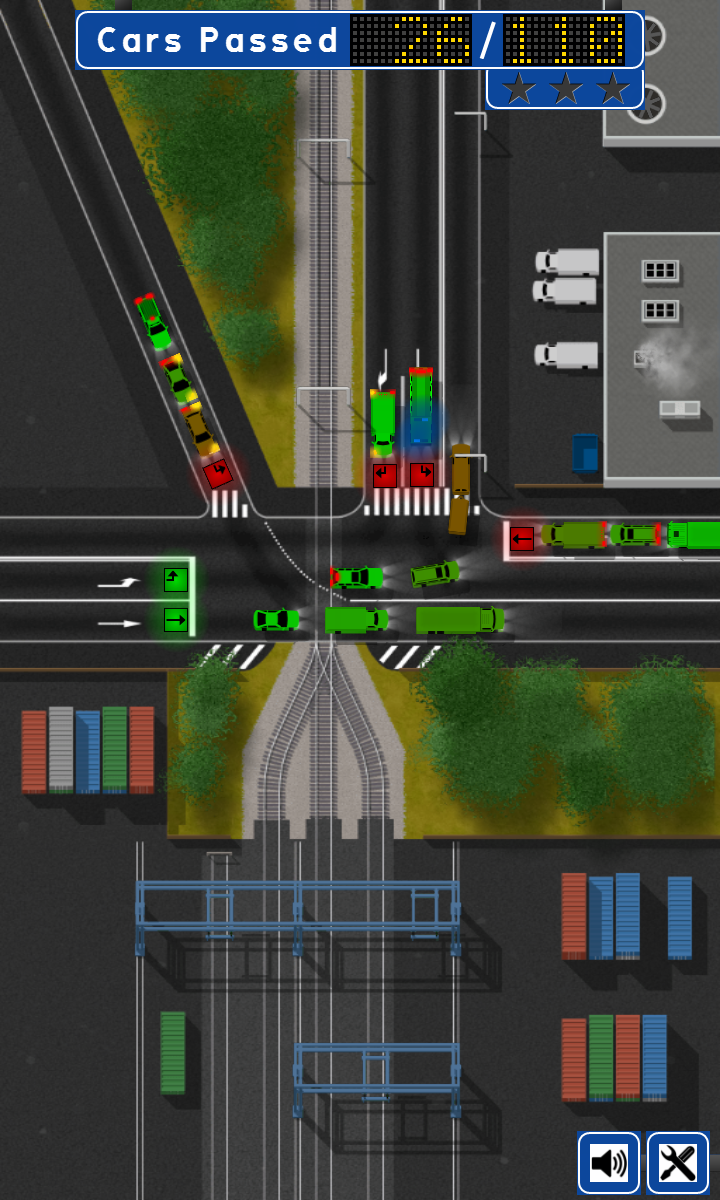

There are ways to become familiar with traffic control Traffic control does not solve all problems!Ĭomplexity is easily one of the most significant disadvantages of using Remember, too that sometimes, it is simply better to purchase moreīandwidth. Managed oversubscribed bandwidth HTB with borrowing.Īllow equitable distribution of unreserved bandwidth HTBĮnsure that a particular type of traffic is dropped policer Prefer latency sensitive traffic PRIO inside an HTB with children classes and classifying. Reserve bandwidth for a particular application or user Transmission of ACK packets, wondershaper. Maximize TCP throughput on an asymmetric link prioritize Limit the bandwidth of a particular user, service or client Limit total bandwidth to a known rate TBF, Maximize the usability of a network connection. Types of problems that can be solved by using traffic control to The list below is not an exhaustive list of the sorts of solutionsĪvailable to users of traffic control, but introduces the Below are someĮxamples of common problems which can be solved or at least ameliorated Scenarios in which using traffic control makes sense. There are many practical reasons to consider traffic control, and many This introduces statefulness into the stateless It can even be used to simulate the behaviour of aĬircuit-based network. In simplest terms, traffic control allows anĪdministrator to queue packets differently based on attributes of the The weakness of this statelessness is the lack of differentiationīetween types of flows. Networks by design in fact, this statelessness is one of the IP networks are stateless and packet-switched AĬircuit-based network (such as a telephone network) must hold state A packet-switched network itself is stateless. Packet-switched networks differ from circuit based networks in one very The term Quality of Service (QoS) is often used as a synonym for traffic These tools is tremendous and can be complicated, but is no substitute The power to rearrange traffic flows and packets with Granular control over these queues and the queuing mechanisms of a Traffic control is the set of tools which allows the user to have Of the network resource between the two applications. These two different classes of application, there can be better sharing Screaming users! By separating the internal queues used to service Note that high latency sometimes leads to Now, theĭesktop machine (with an interactive application user) may be faced with Point the router starts to drop packets (its buffer is full!).

Router faster than the data can be transmitted across the link, at which The web server may be able to fill up the output queue on the Same uplink to the Internet, the following contention for bandwidth may In the case of a desktop machine and an efficient webserver sharing the In a serialized fashion, a queue is required to manage the outbound Because network links typically carry data Way of organizing the pending tasks or data (see also There are examples of queues in all sorts of software. The default qdisc under Linux is the pfifo_fast, which is Recommended to the Traffic Control using tcng and HTB HOWTO and LARTC HOWTO for The impatient soul, who simply wishes to experiment right now, is LARTC HOWTO, documentation from individual projects and importantly This HOWTO represents the collection, amalgamation and synthesis of the The components of the Linux traffic control The traffic control subsystem which has grown and matured under kernels Few inside the communityĪnd fewer outside the Linux community are aware of the tremendous power of Services which can run on the operating system. (netfilter, and before that, ipchains) as well as hundreds of network The tools available under Linux for packet mangling and firewalling The larger Linux community is very familiar with Linux offers a very rich set of tools for managing and manipulating the ADSL Bandwidth HOWTO script ( myshaper) 9.3. Scripts for use with QoS/Traffic Control 9.1. Sharing/splitting bandwidth based on IP 9. Sharing/splitting bandwidth based on flows 8.5. Handling a link with a variable (or unknown) bandwidth 8.4. Handling a link with a known bandwidth 8.3. General Rules of Linux Traffic Control 8.2. HFSC, Hierarchical Fair Service Curve 7.3. Classful Queuing Disciplines ( qdiscs) 7.1. ESFQ, Extended Stochastic Fair Queuing 6.5. FIFO, First-In First-Out ( pfifo and bfifo) 6.2. Classless Queuing Disciplines ( qdiscs) 6.1. tcng, Traffic Control Next Generation 5.4.

Traditional Elements of Traffic Control 3.1. Missing content, corrections and feedback 2. Target audience and assumptions about the reader 1.2.

Introduction to Linux Traffic Control 1.1.


 0 kommentar(er)
0 kommentar(er)
